What is UCL Repair?
The ulnar collateral ligament (UCL) is a crucial stabilizing ligament in the elbow, especially for athletes involved in overhead throwing sports like baseball. A UCL repair is a surgical procedure designed to restore the function of a partially torn or stretched UCL by repairing the existing ligament rather than replacing it with a graft (as in Tommy John surgery). This technique is often used for partial tears or in younger athletes to promote quicker recovery while maintaining natural ligament integrity.
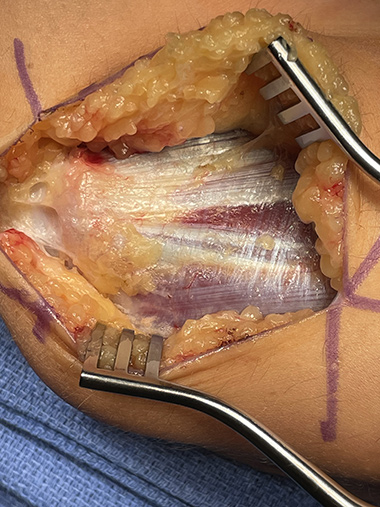
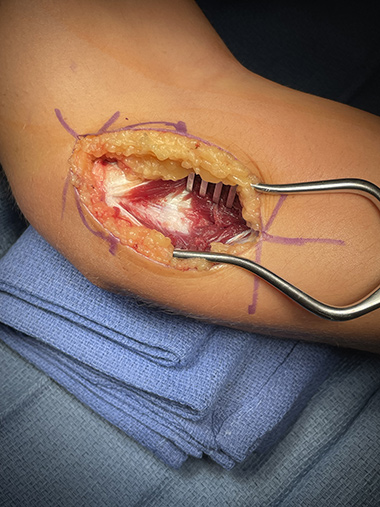
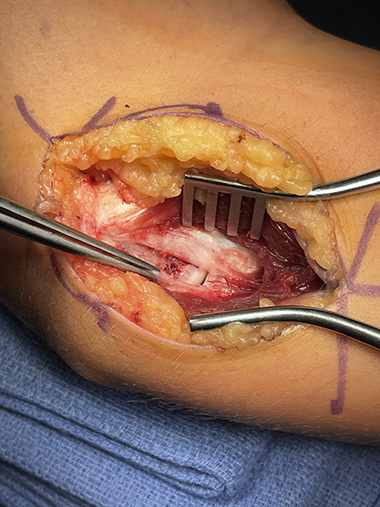
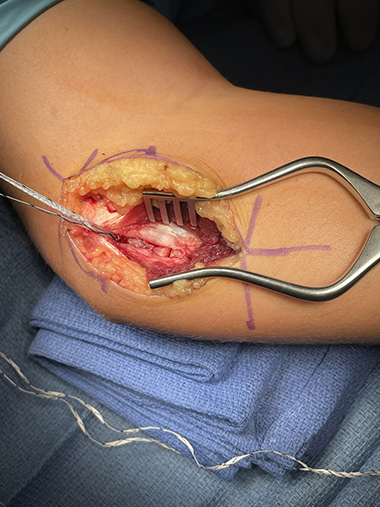
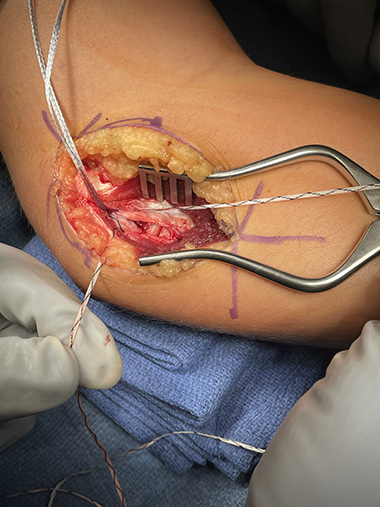
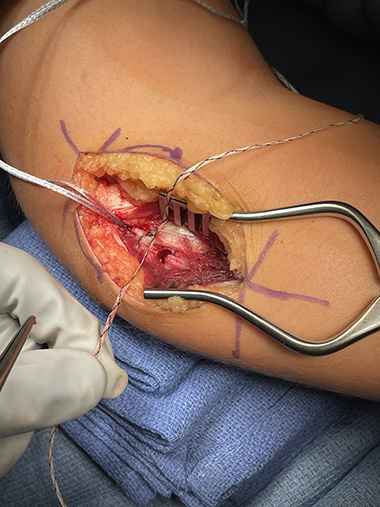
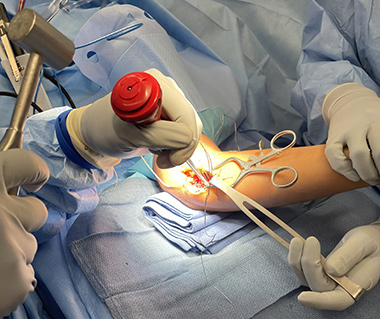
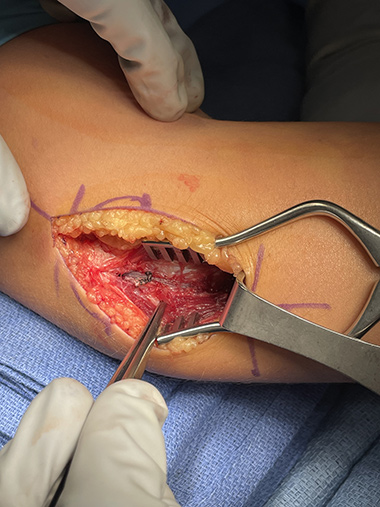
Indications for UCL Repair
UCL repair may be recommended in the following cases:
- Partial UCL tears that do not respond to non-surgical treatment
- Elbow instability affecting performance in throwing athletes
- Acute UCL injuries in younger patients with good ligament tissue quality
How is UCL Repair Performed?
During UCL repair, the surgeon makes a small incision on the inner side of the elbow. The damaged ligament is reattached to the bone using specialized suture anchors or internal brace augmentation for added stability. This procedure is typically performed using minimally invasive techniques to preserve surrounding tissues and accelerate healing.
Recovery after UCL Repair
Recovery involves wearing a brace for a few weeks to protect the ligament while gradually restoring motion. Physical therapy focuses on strengthening and mobility. Most athletes can resume throwing activities within 4-6 months, with a full return to competition around 6-9 months.
Risks of UCL Repair
The risks of complications from UCL repair are rare, but as with any surgery, some potential risks include:
- Infection
- Nerve irritation or damage
- Incomplete healing or re-injury
- Elbow stiffness or instability
Benefits of UCL Repair
- Preserves native ligament structure
- Faster recovery compared to UCL reconstruction
- High success rate in returning athletes to their sport





